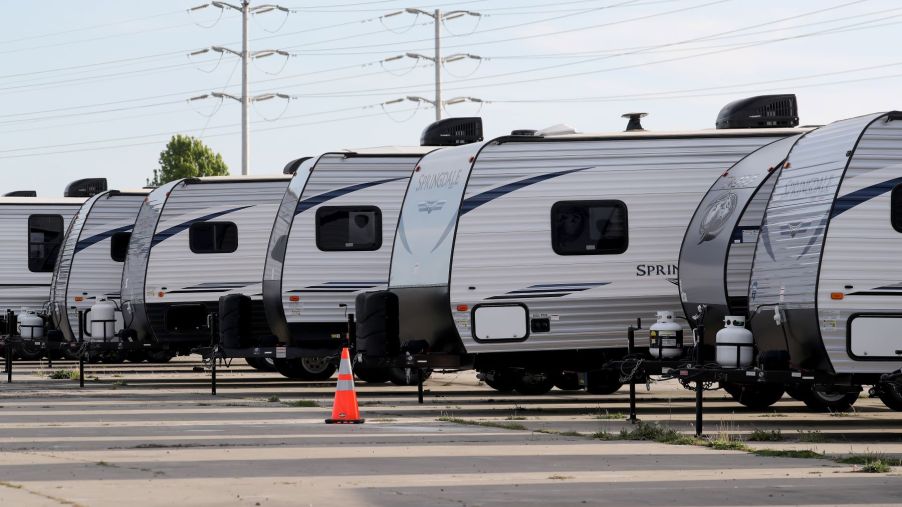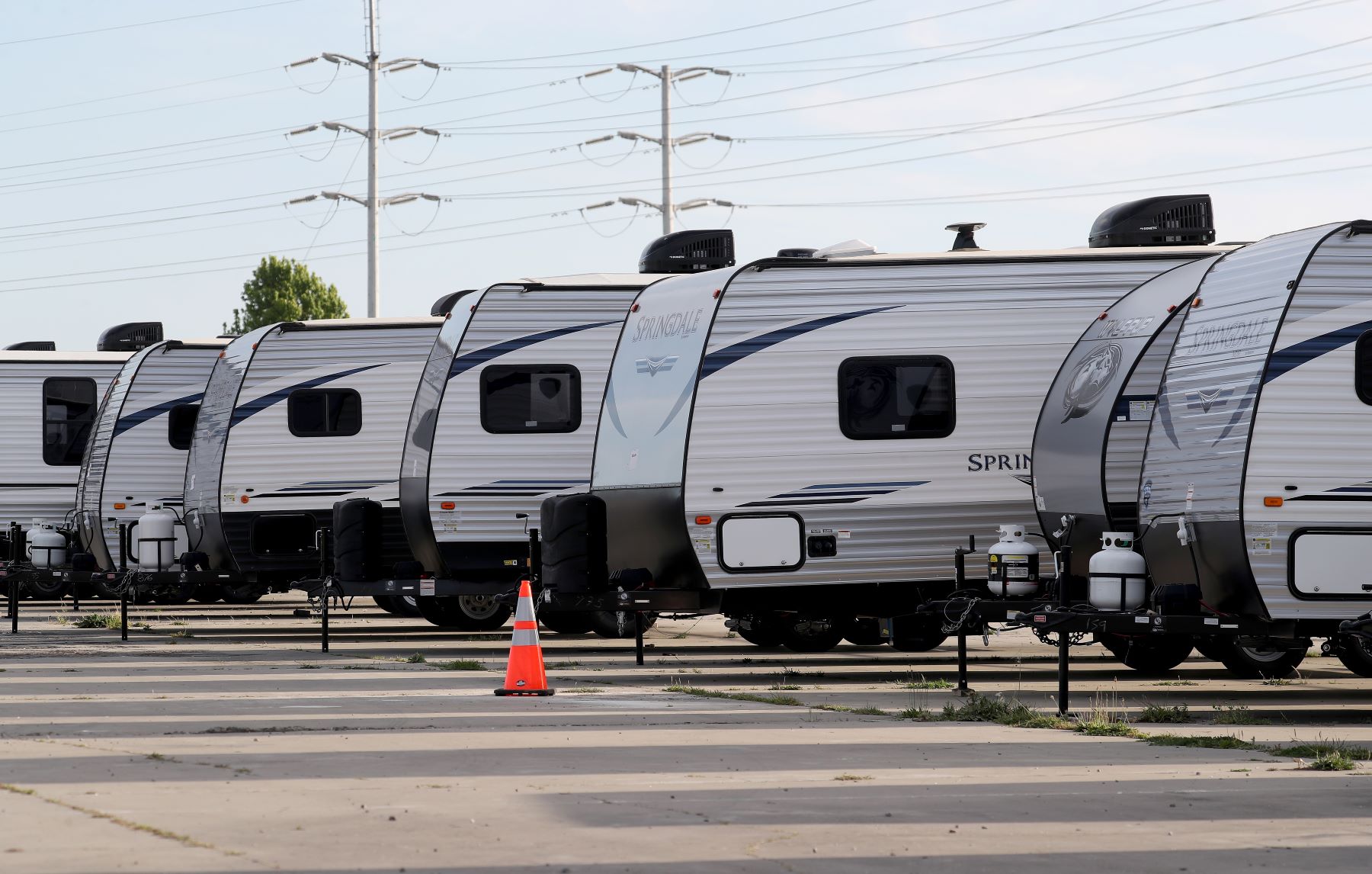
Why California Is Struggling to Keep up With Its RV Ban
California is one of the most active states in creating laws to curb climate change to ensure its residents’ safety. From this, an RV ban was implemented locally in some cities throughout the state. However, city officials are having trouble enforcing it. What is the ban, how is it going, and what can RV owners do to get around it?
What’s all the fuss with the RV ban in California?

California loves and encourages RVs in the state, but the RV ban has to do with overnight parking in some areas of certain cities. In the early part of the coronavirus (COVID-19) pandemic, people lost their jobs and couldn’t afford to buy or rent a home. So, they started living in RVs, parking them on city streets.
According to Driving & Vibin, the affected cities decided to overlook their ordinances and not fine or tow the RVs away to allow those living in campers to get back on their feet. However, as the country adapted to the pandemic, the RVs stayed, and it wasn’t long until residents began complaining.
There were lines of RVs taking up parking spaces on the street. Those living in them were blocking sidewalks with their belongings and reportedly dumping waste into the street. With garbage strewn about, the smell began to linger.
How well is the RV ban working?
Initially, the ban didn’t return because city officials were concerned that returning it would cause more issues for the unhoused. However, residents of the neighborhoods where the RVs were residing continued to complain. They had empathy for the situations the RVers were in and were OK with them living in the RVs, but they didn’t feel like they should be allowed to park in the streets in the neighborhood.
Into 2022, you’d think life would return to normal, and the ordinances requiring towing of the offending vehicle would be reinstated, but that’s not the case. Well, not consistently, at least. As of May 2022, the affected cities, like LA, are fining RV occupants and towing their campers away, but only a handful here and there. There are just too many of these RV campers out there.
The biggest problem hindering the enforcement of the city’s overnight parking rules has been the lack of space to haul the RVs once the city tows them. There’s only one lot large enough, but even that can only take on so many. When you think about it, these machines are pretty big and can take up quite a lot of space. So, until a better plan is implemented, some California cities will continue towing the offending vehicles when and where they can.
How people are avoiding the RV ban
Suppose you live in California, or anywhere for that matter, that has an overnight parking RV ban. In that case, there are a few tricks you can utilize to live in your camper full-time and not violate any ordinances or rules of your area. Do your research first because some places deem it illegal to live in an RV.
Many have moved into an RV, living in areas where it’s legal to park it. Some stay in RV parks and campgrounds, but those may cost money. Some places could run around $45 a night, which can get expensive.
Next, check out areas that are essentially free. This can be in large parking lots of businesses like Walmart or Cracker Barrel. Just be sure to inquire before making your overnight or short-term stay to see if it’s allowed and any rules they may have concerning it. You can also try staying a night or two at a truck stop if you feel comfortable doing so.
Lastly, there’s the option of boondocking in remote areas. There are many places in California where you can do this legally and not get in the way of residents. If you choose to stay on public lands in the state, you should check for any rules before going there to see if there’s a limit on how long you can stay.


